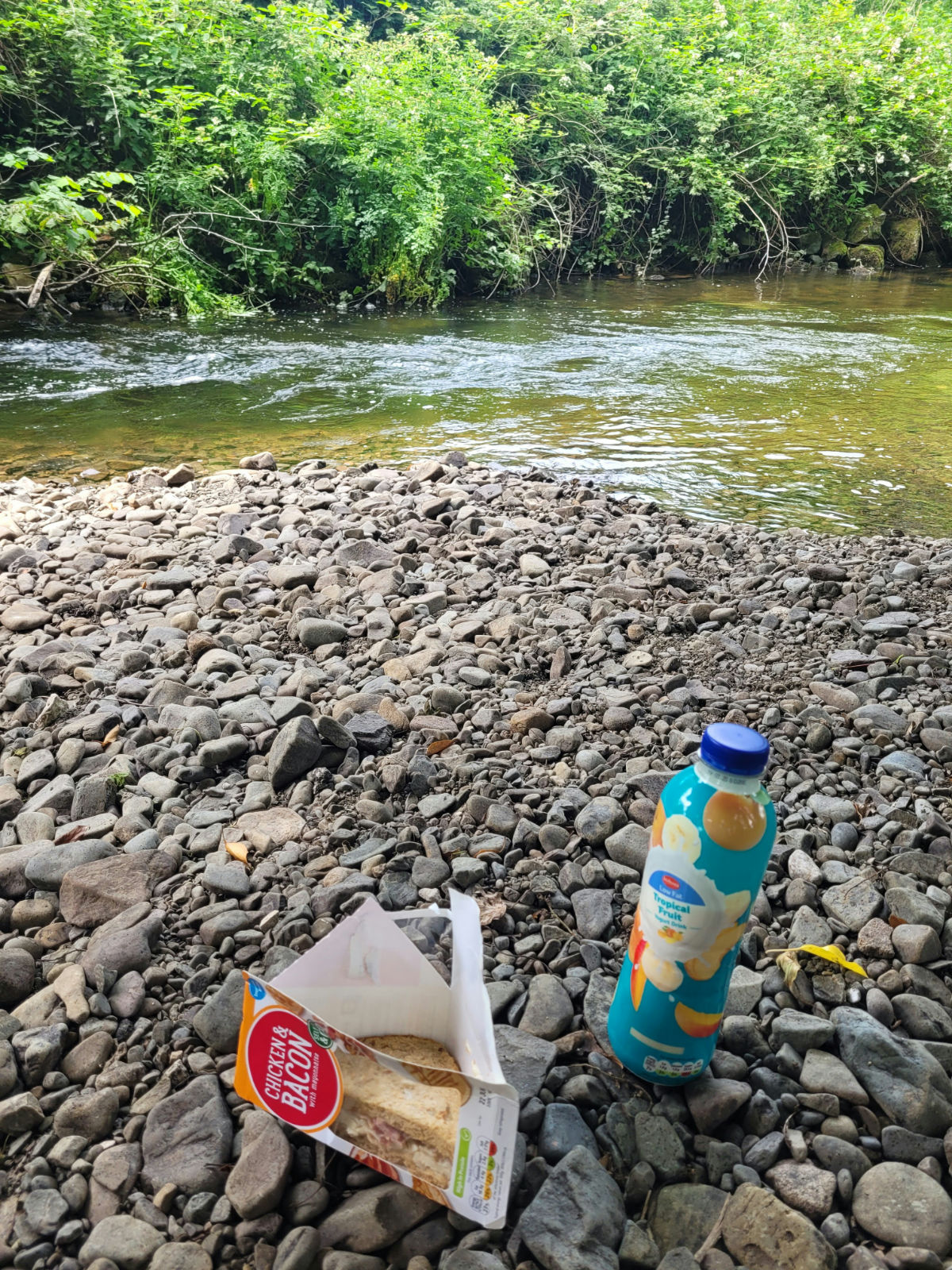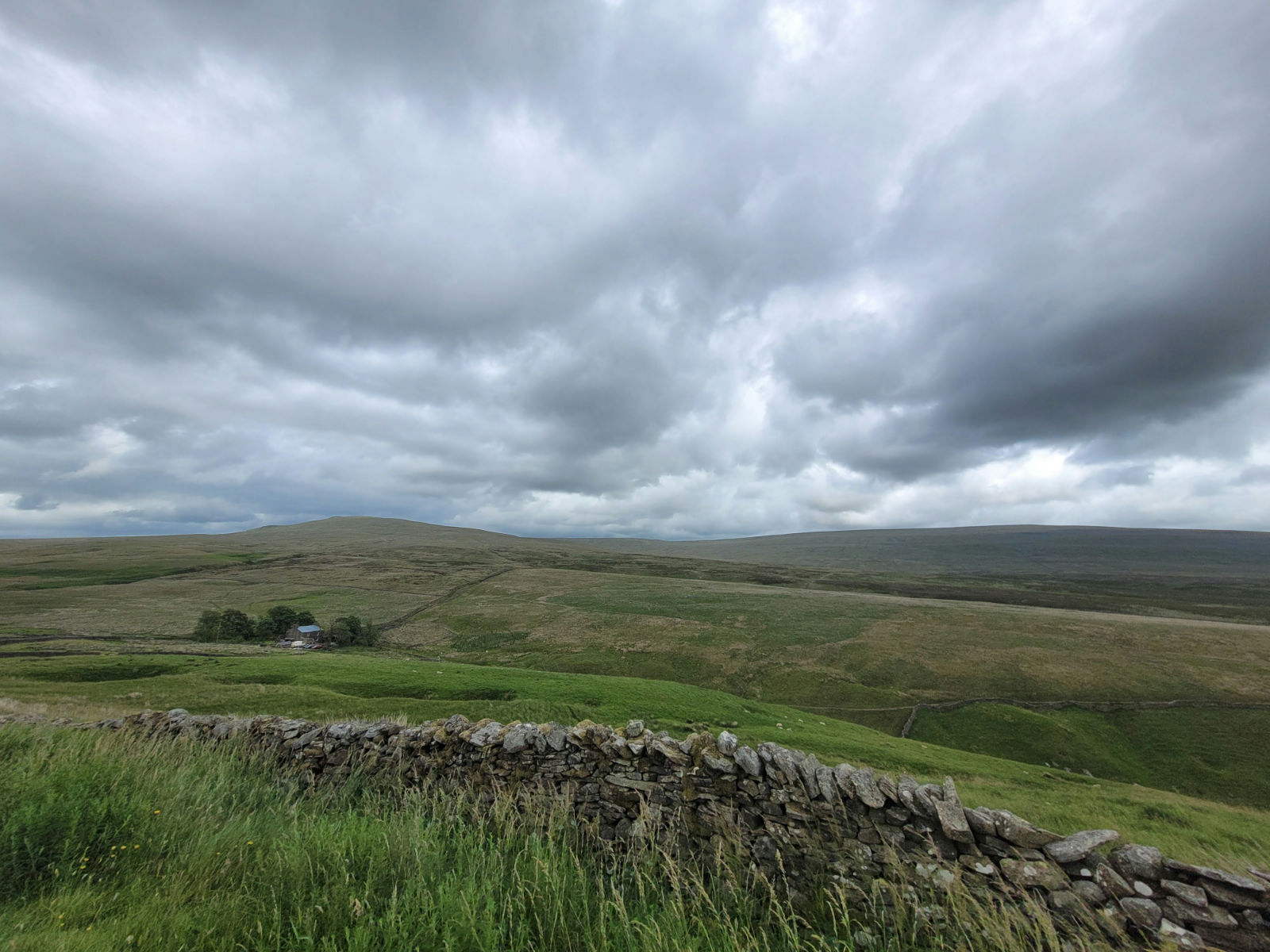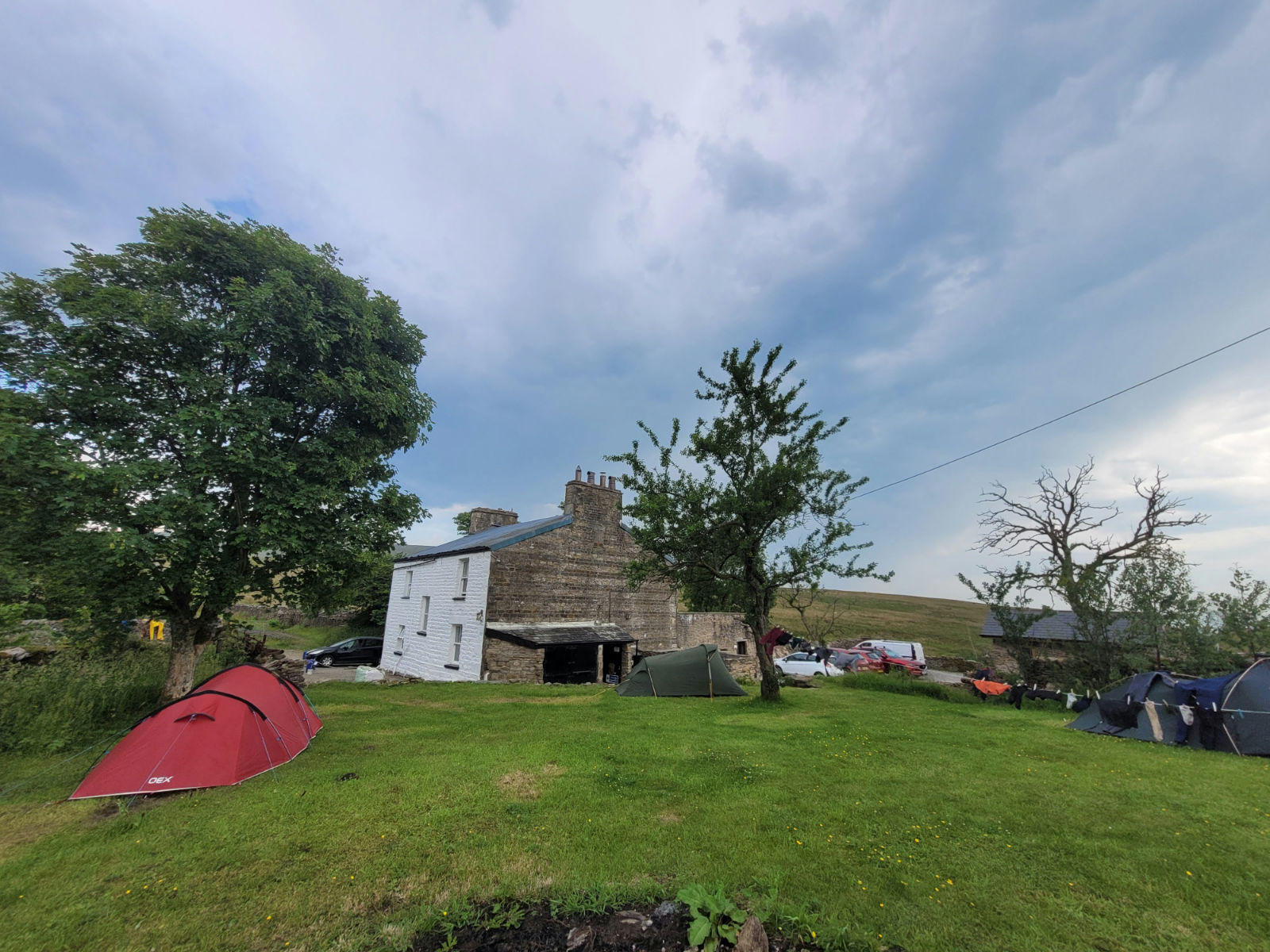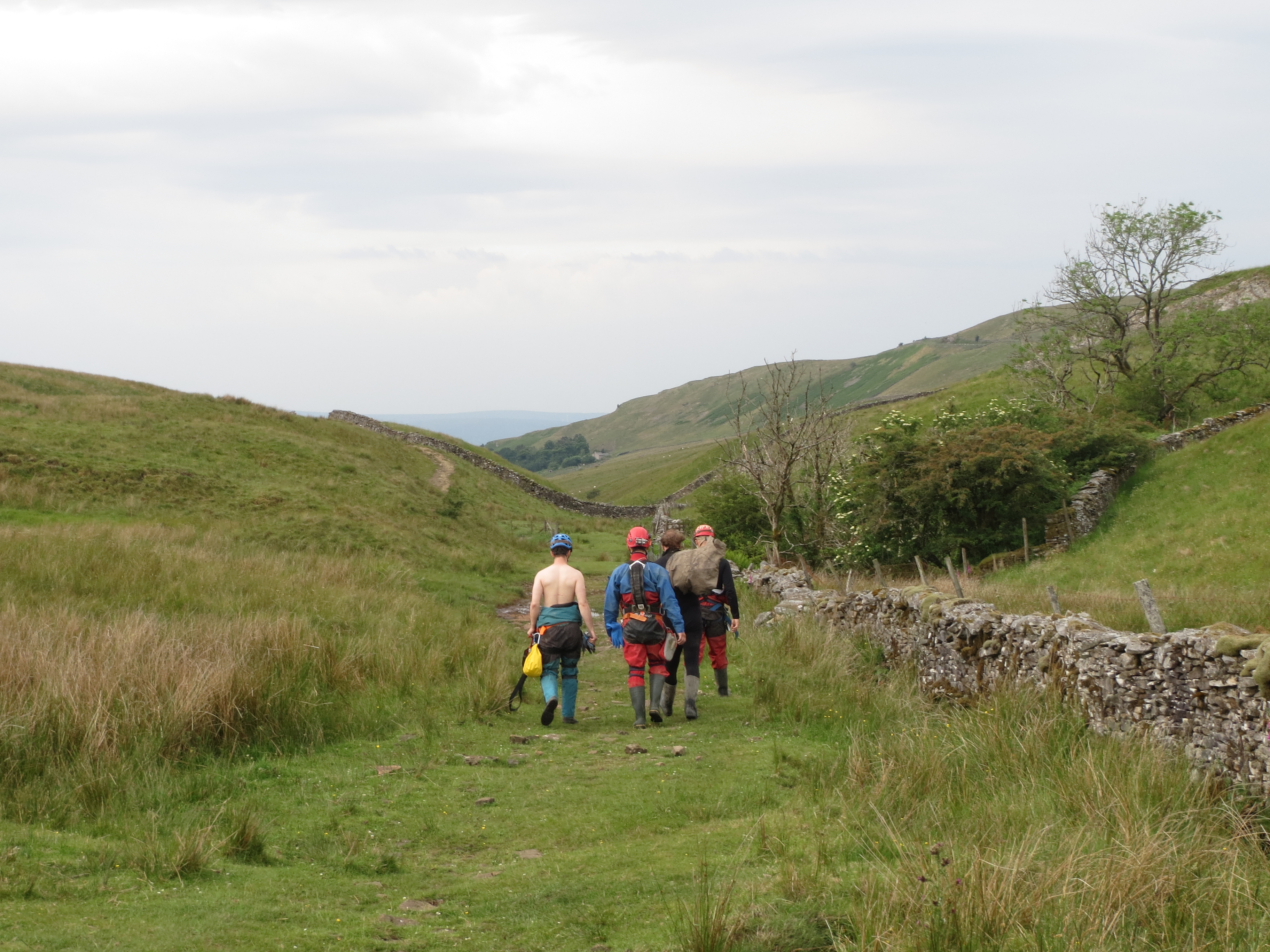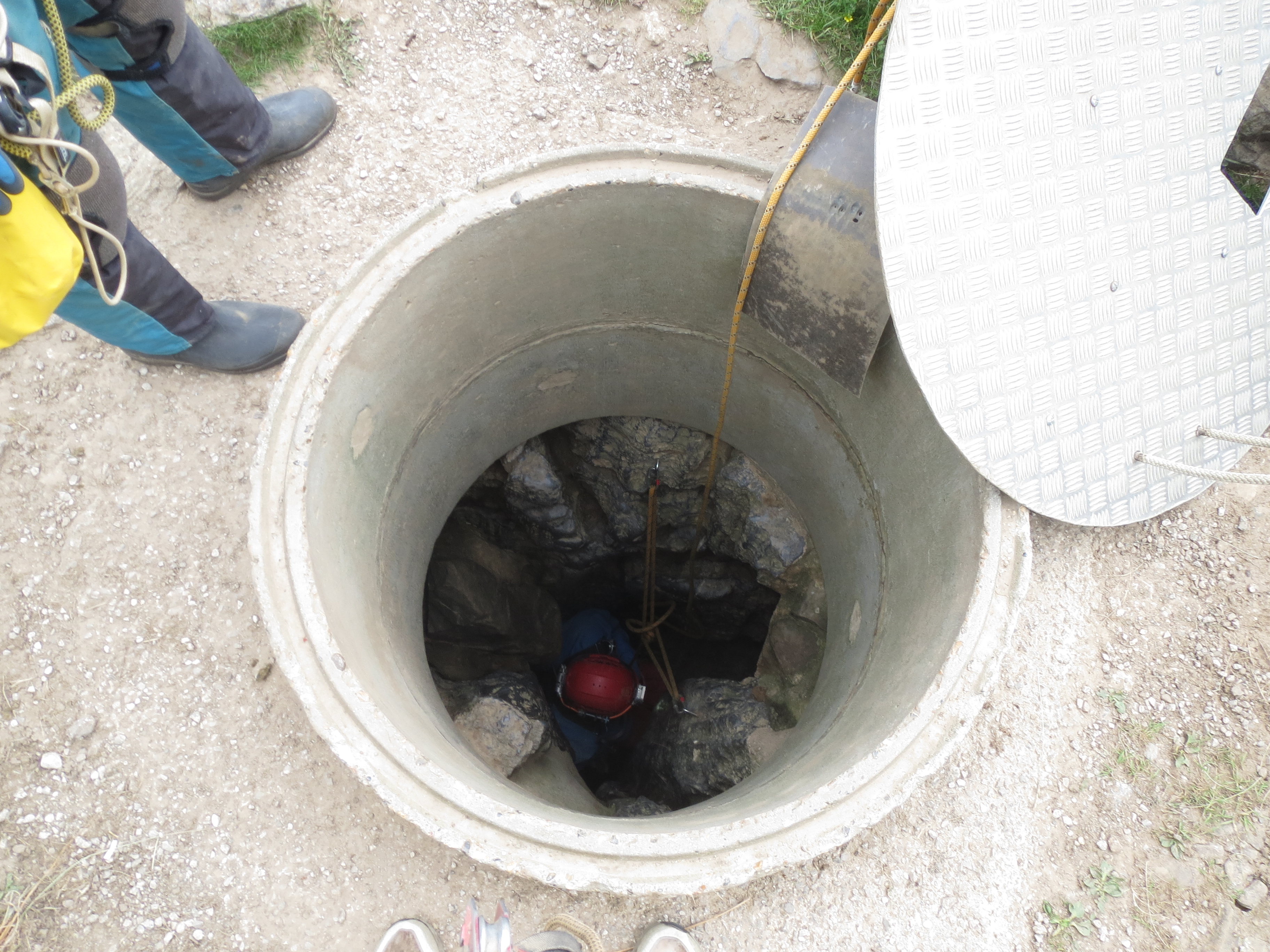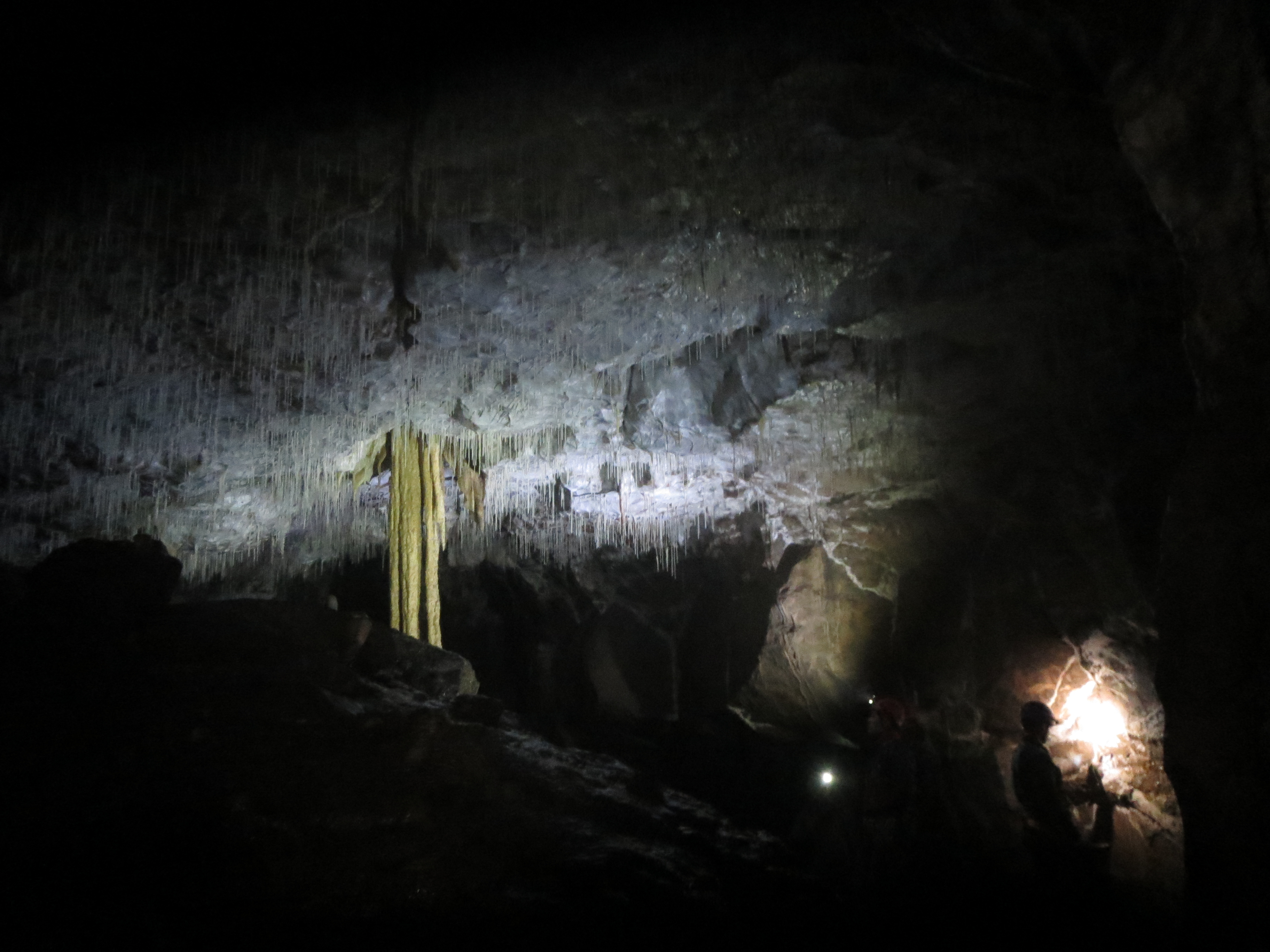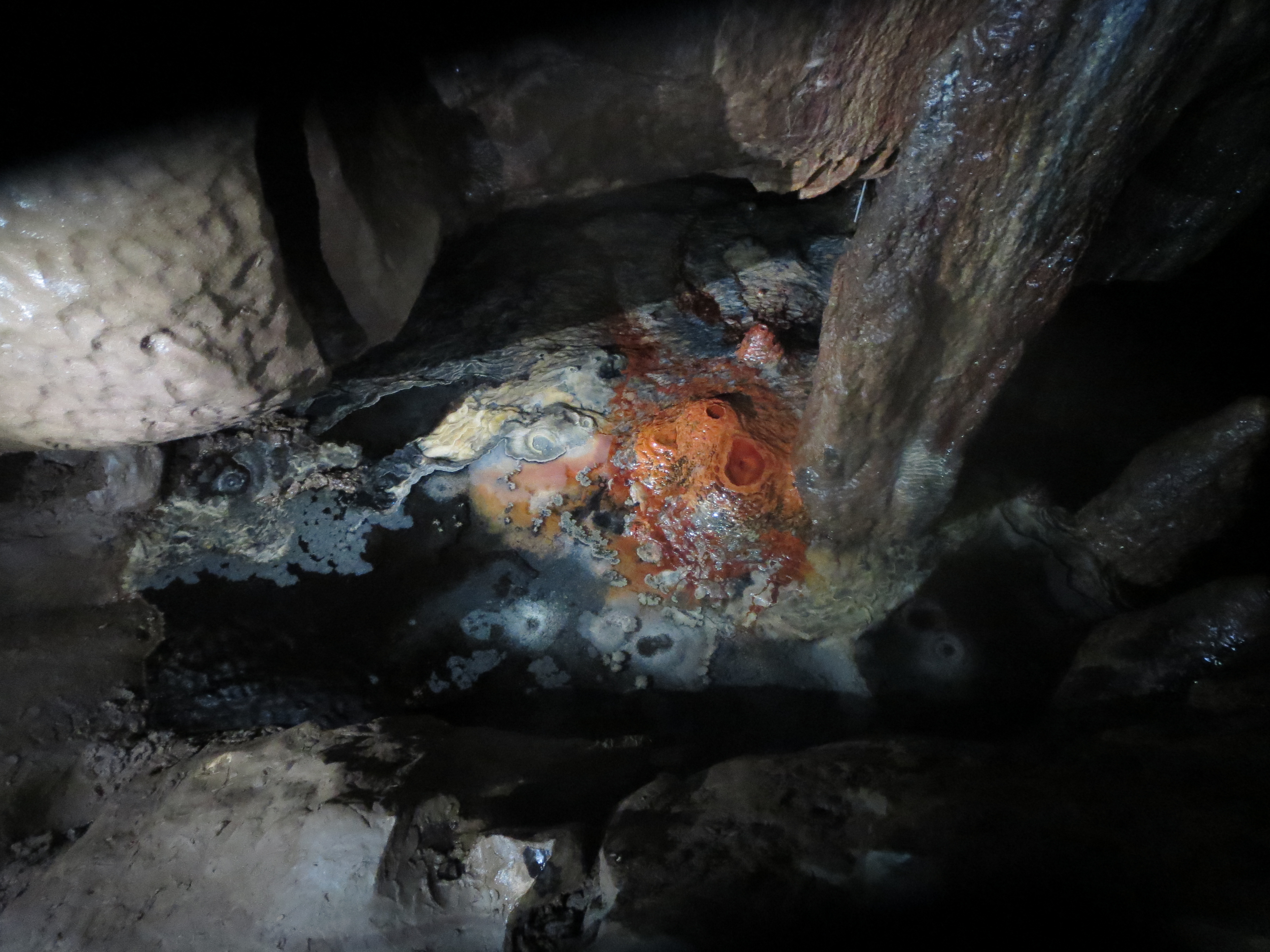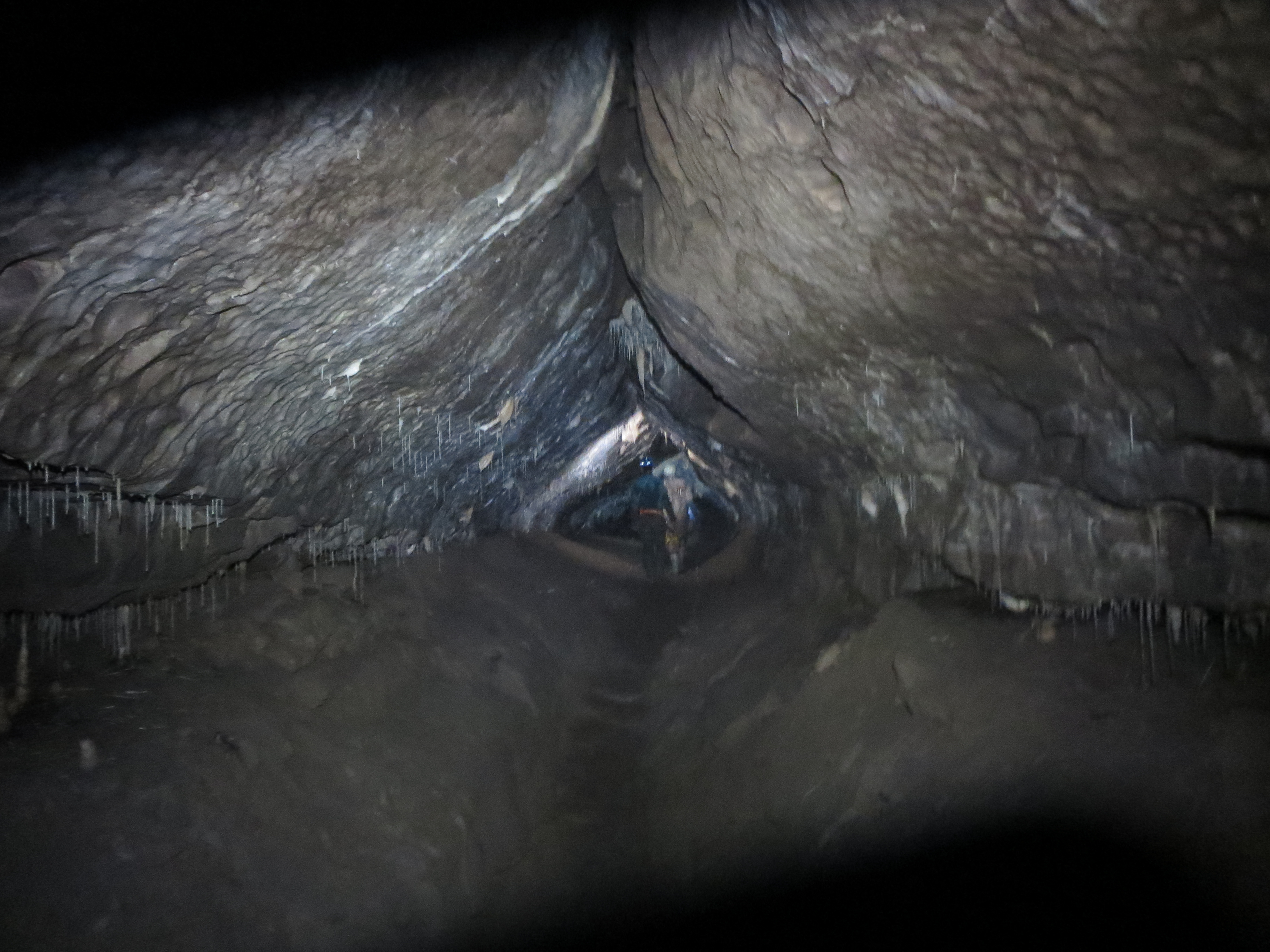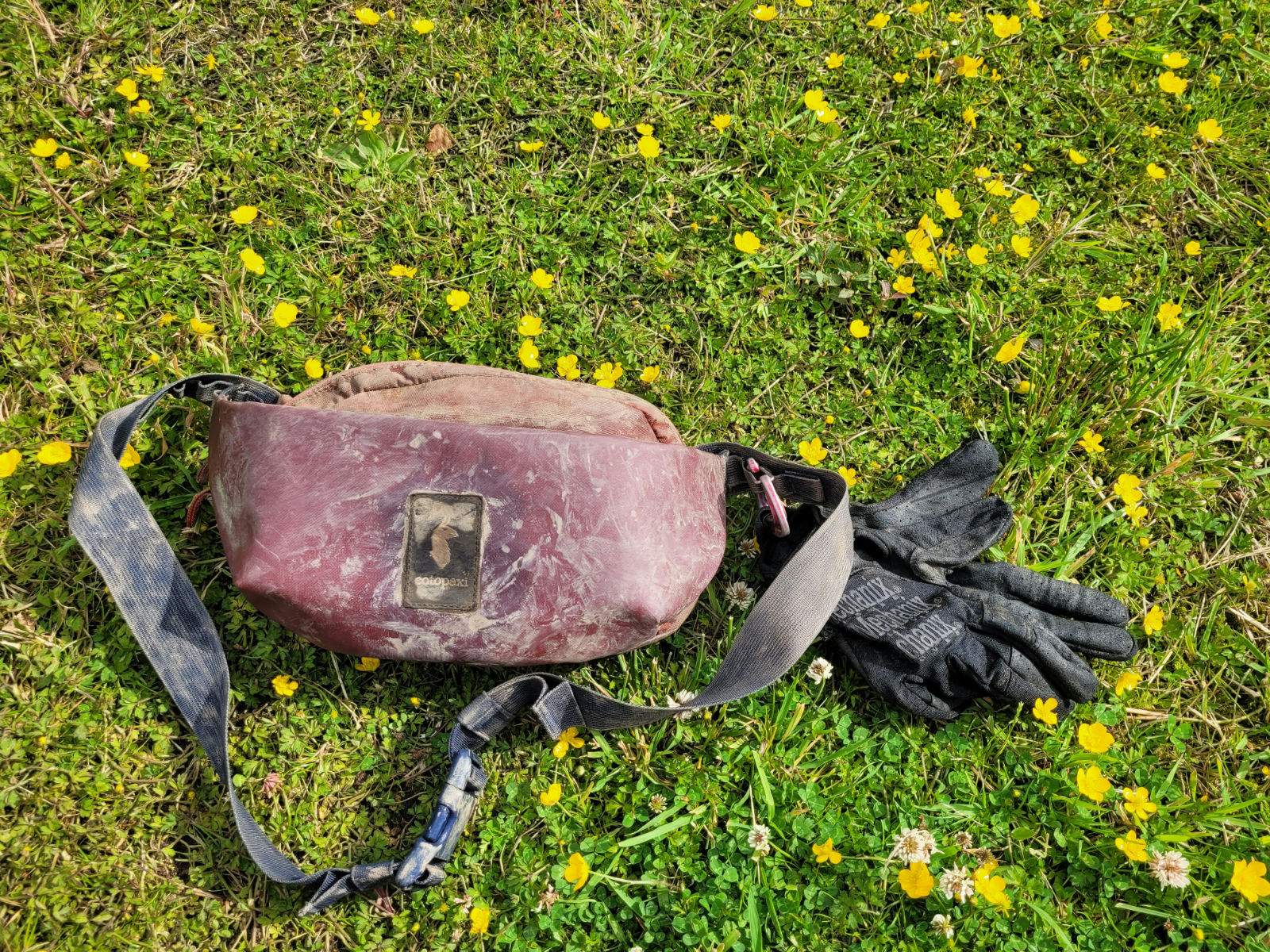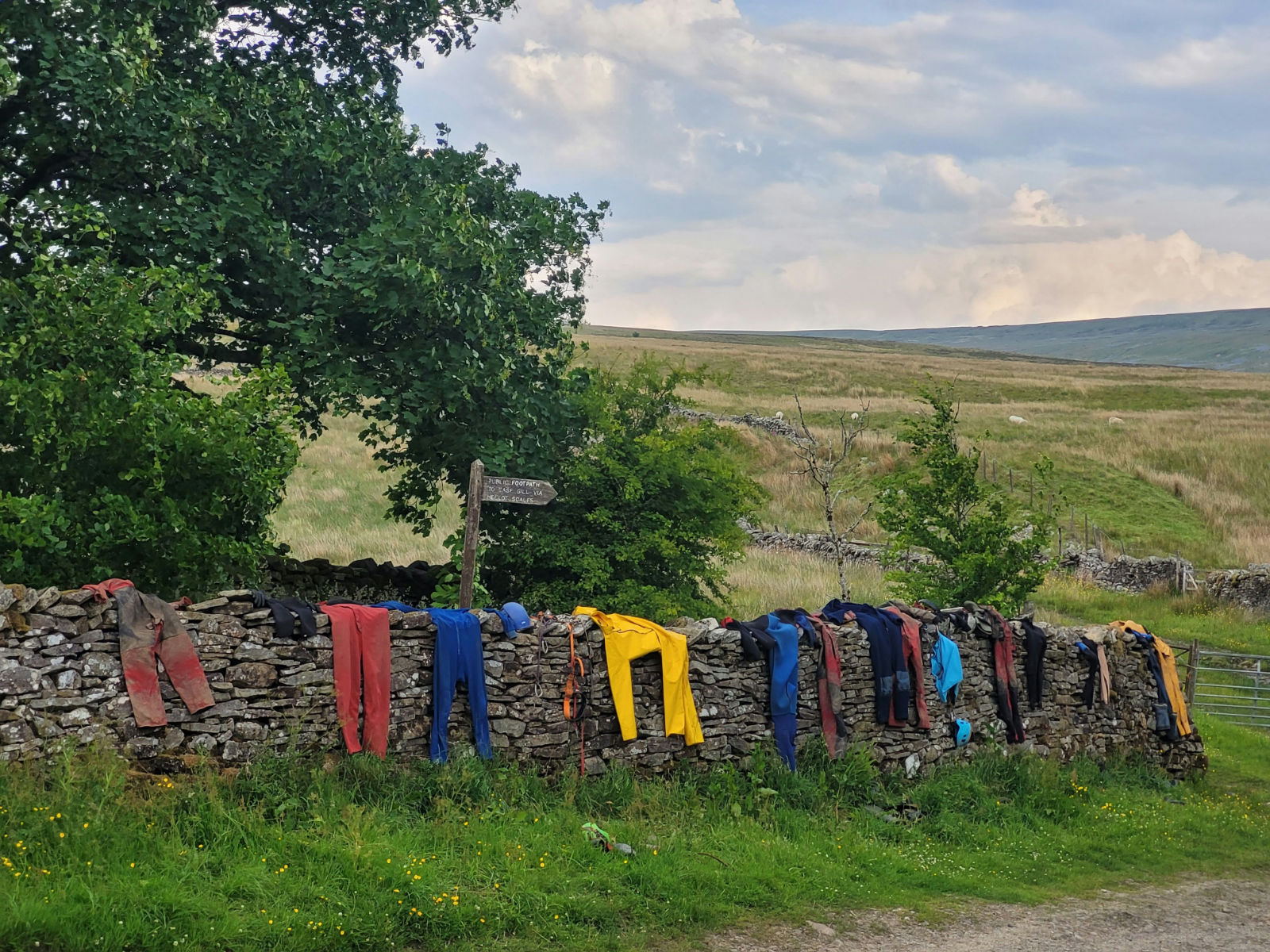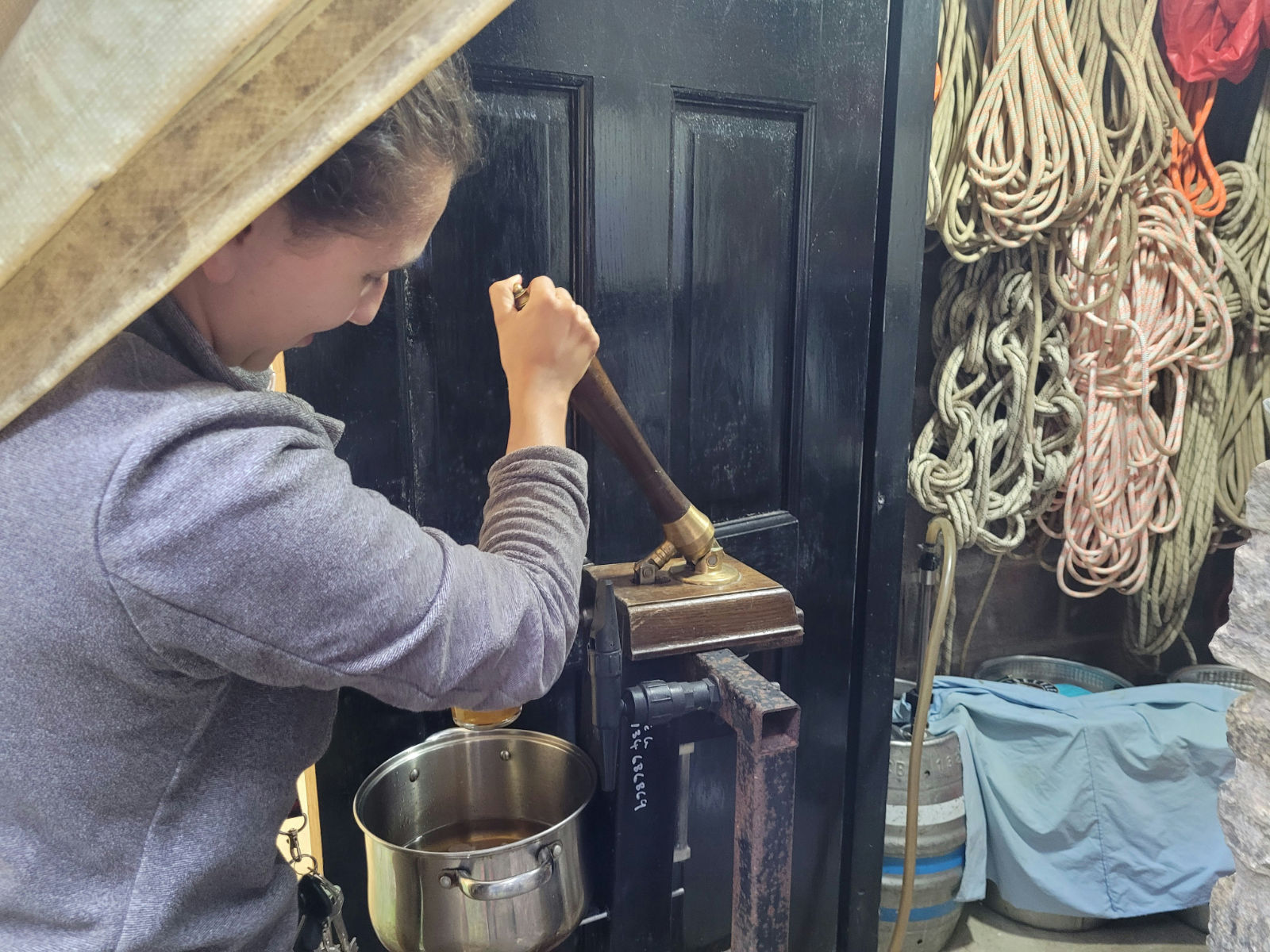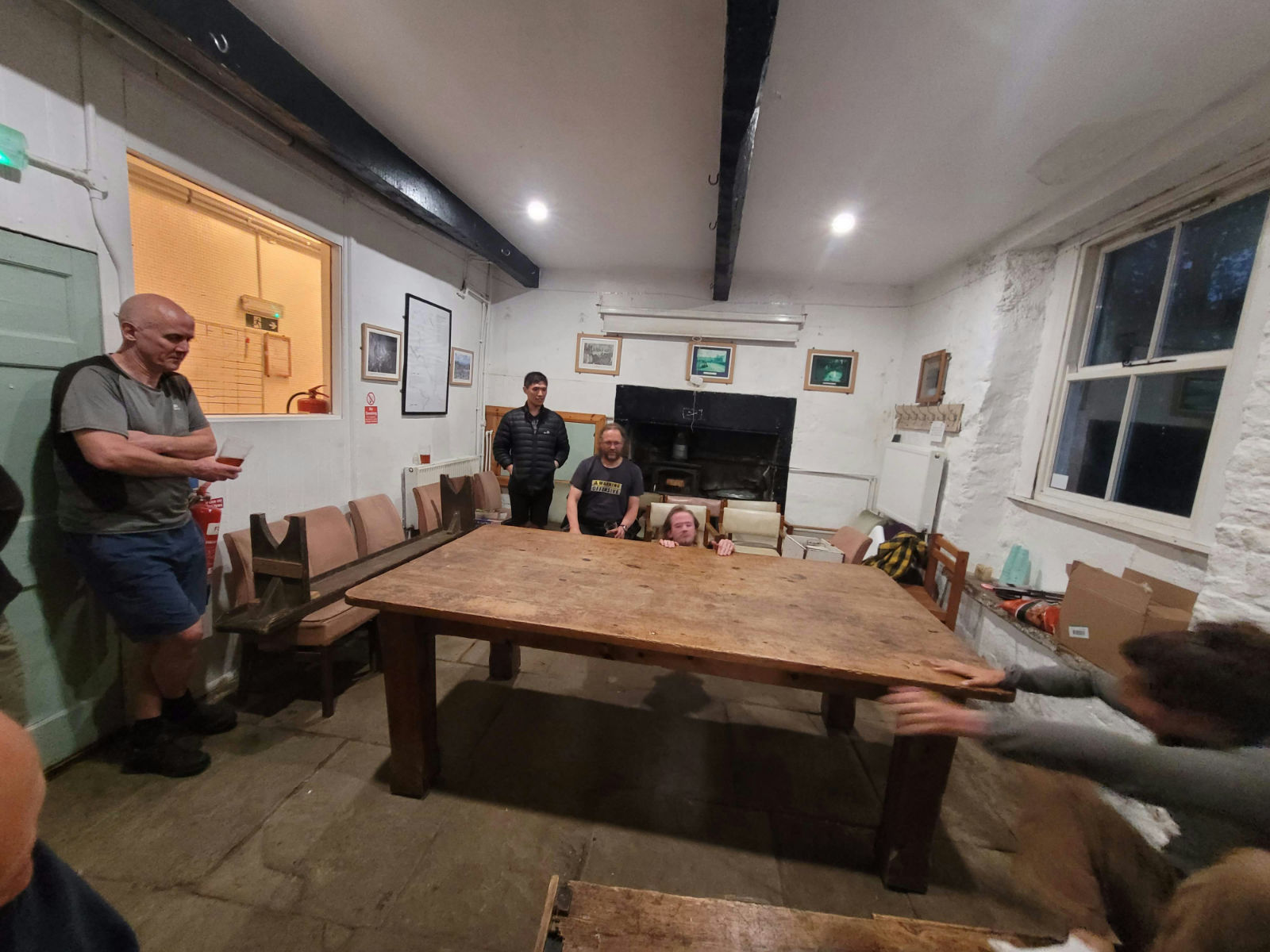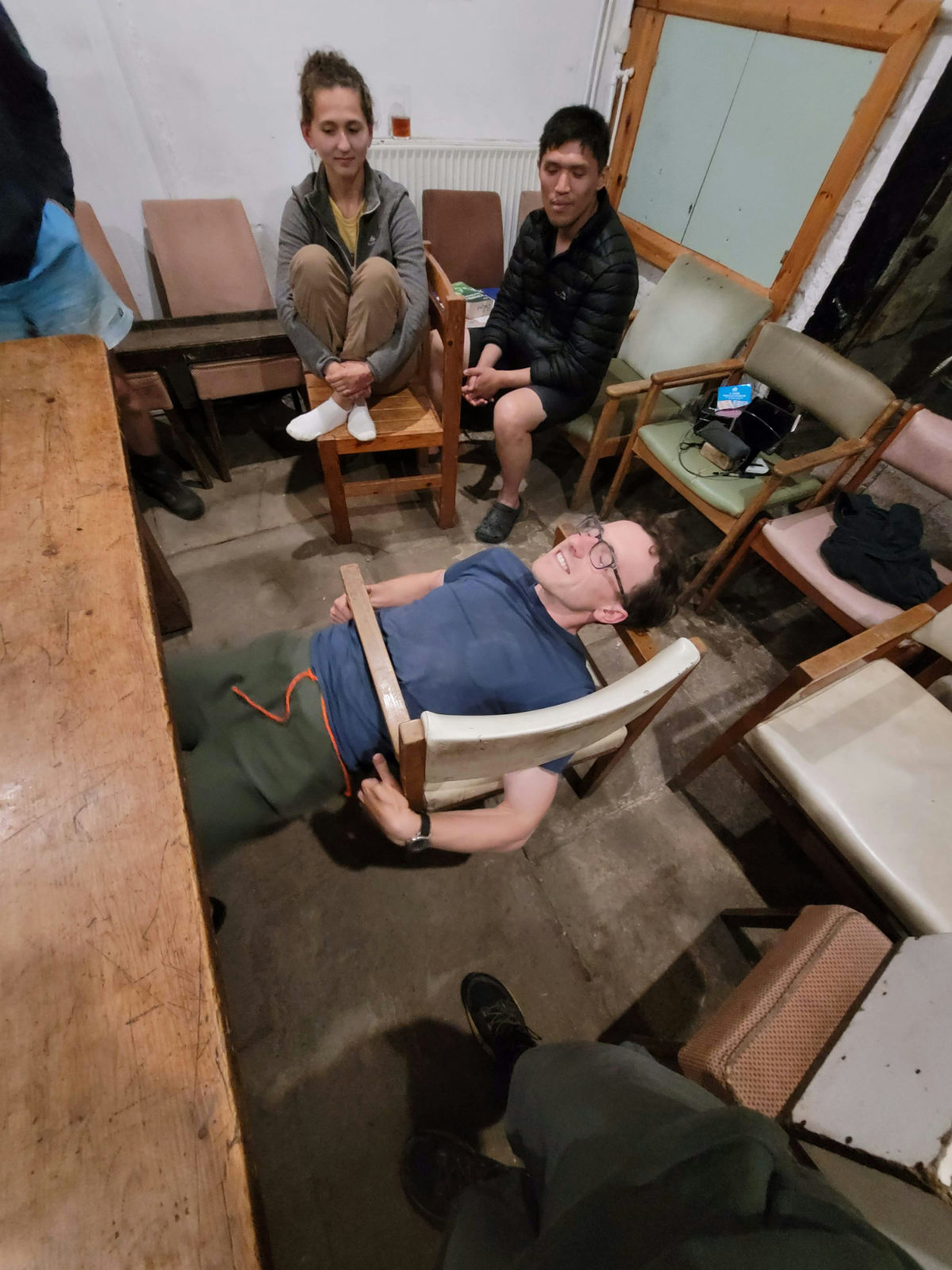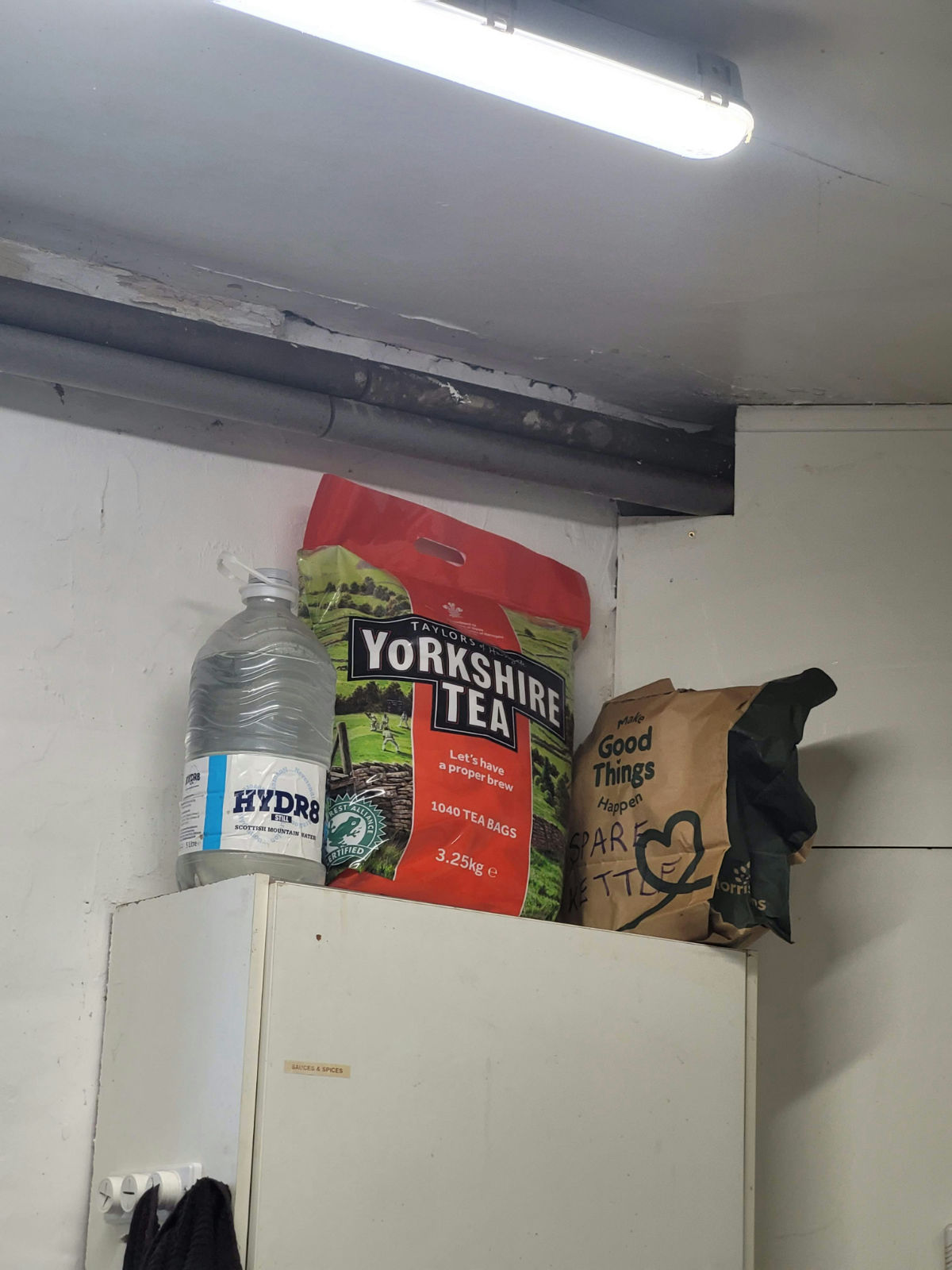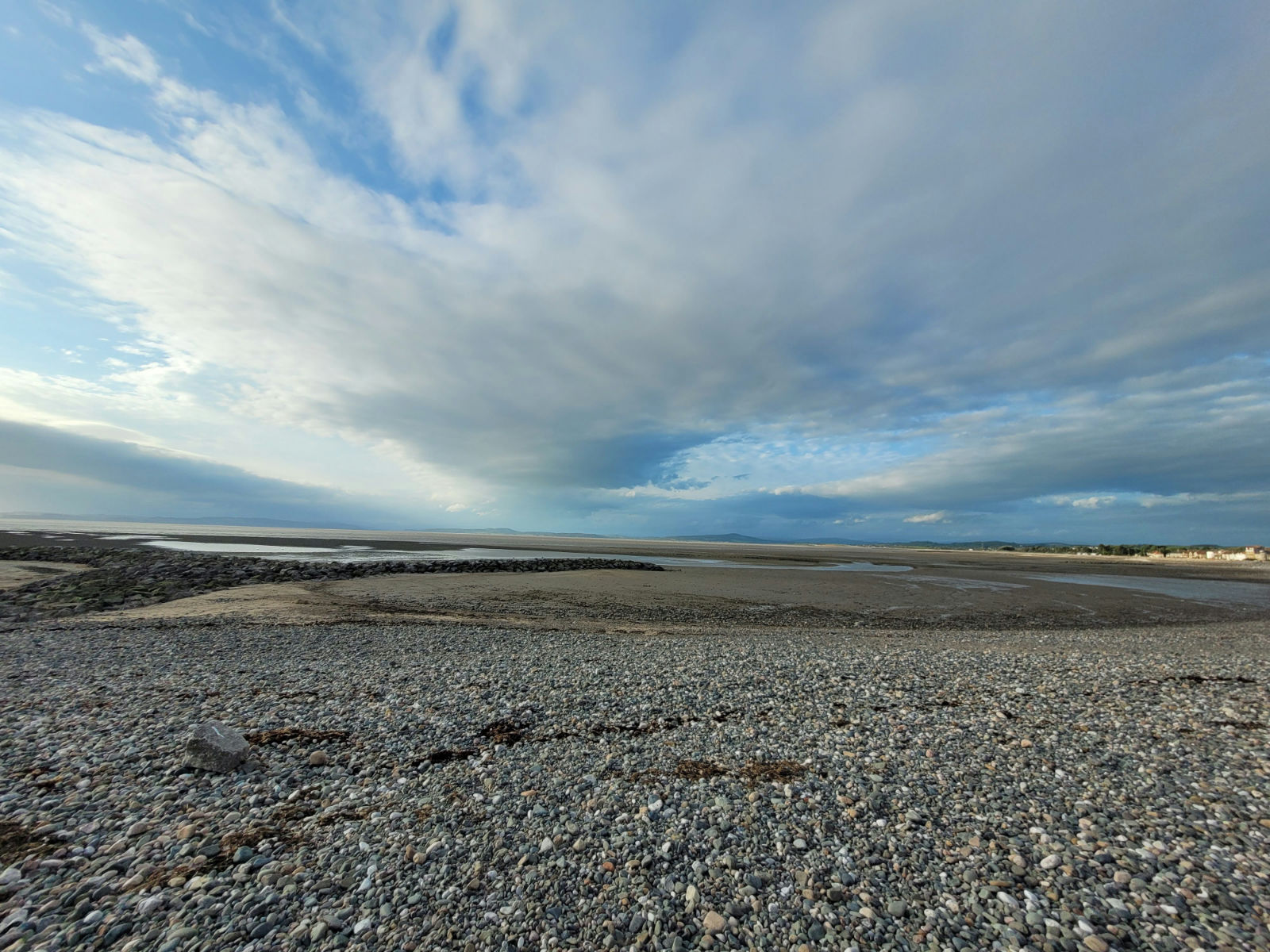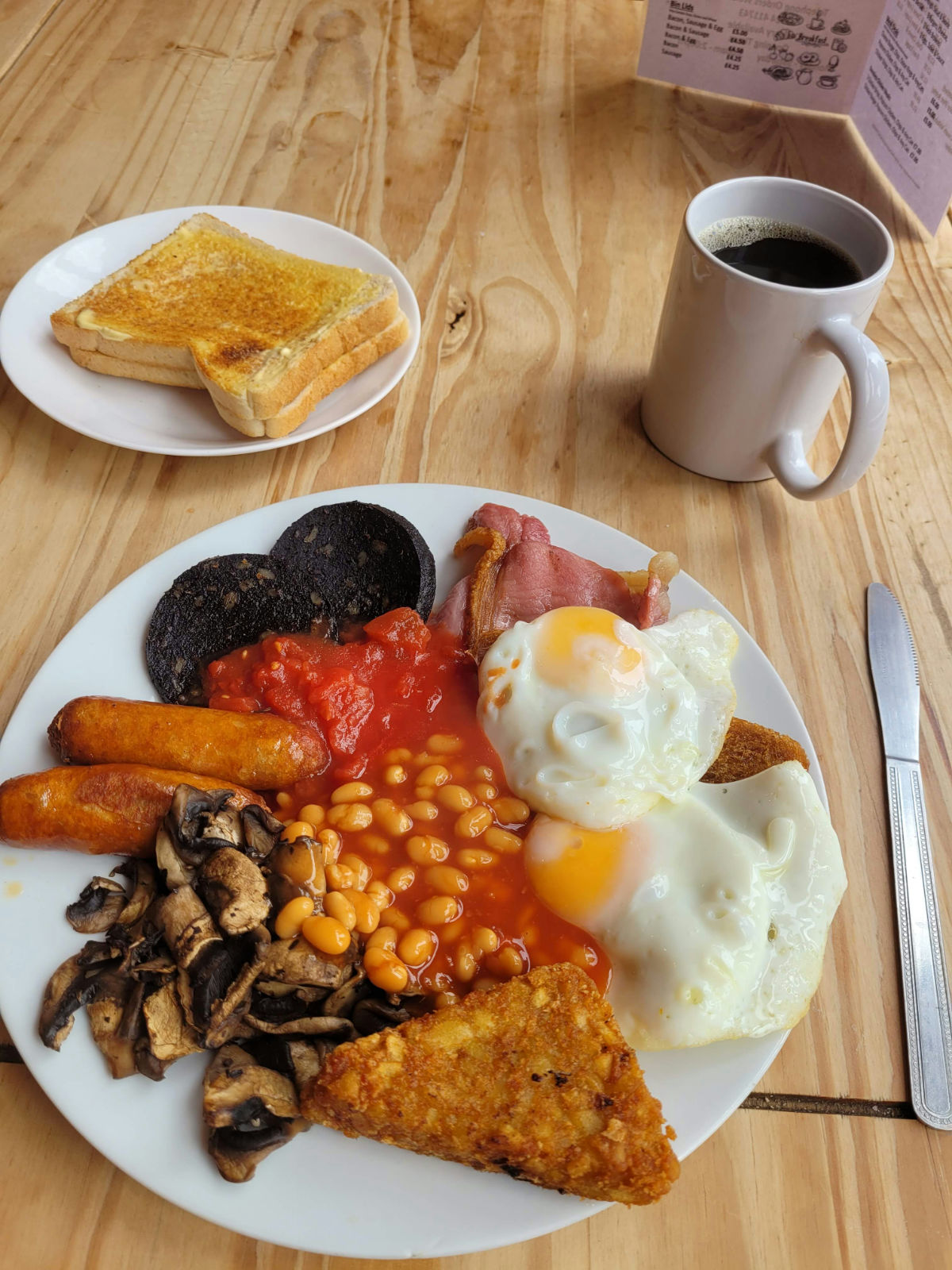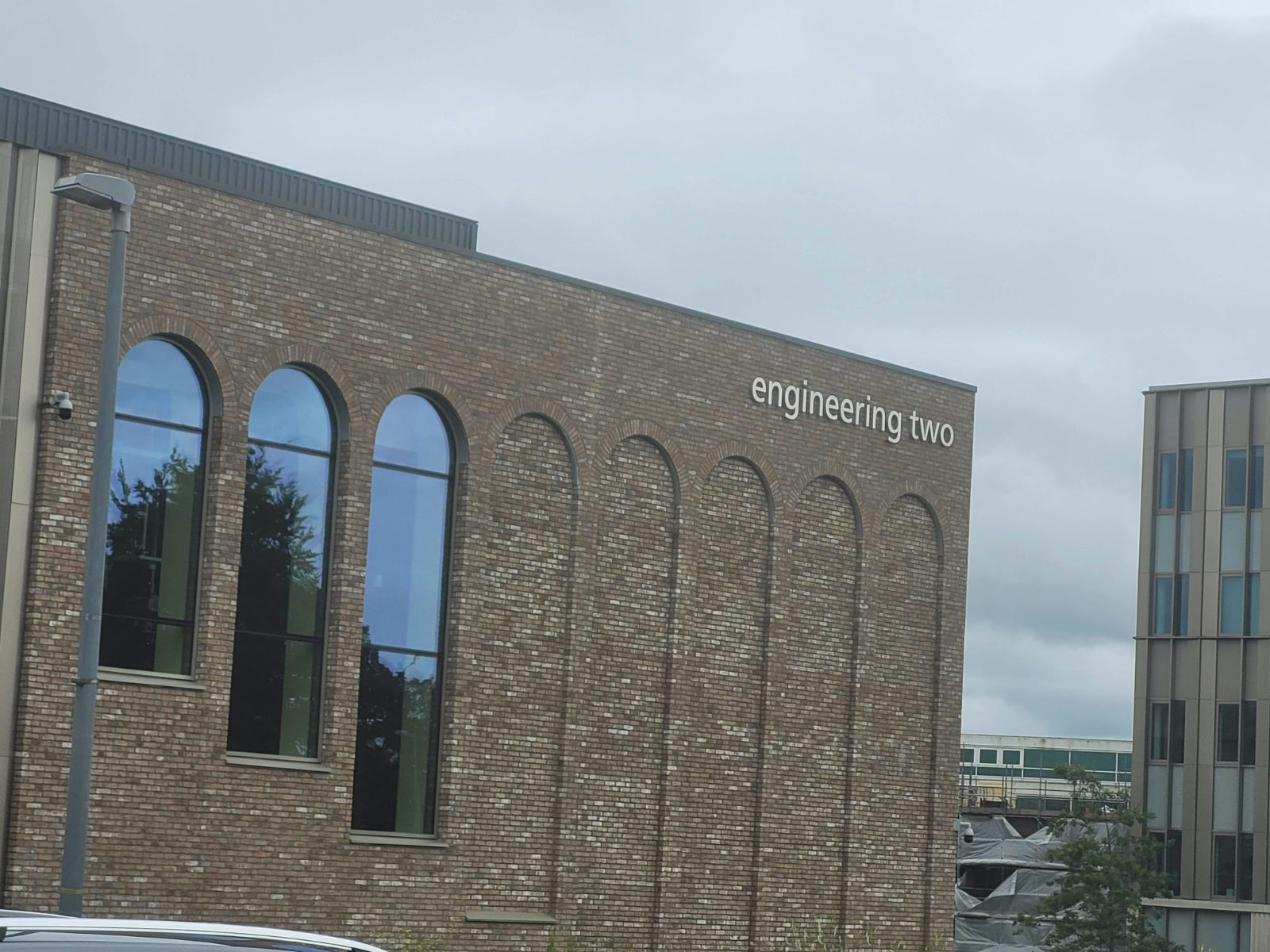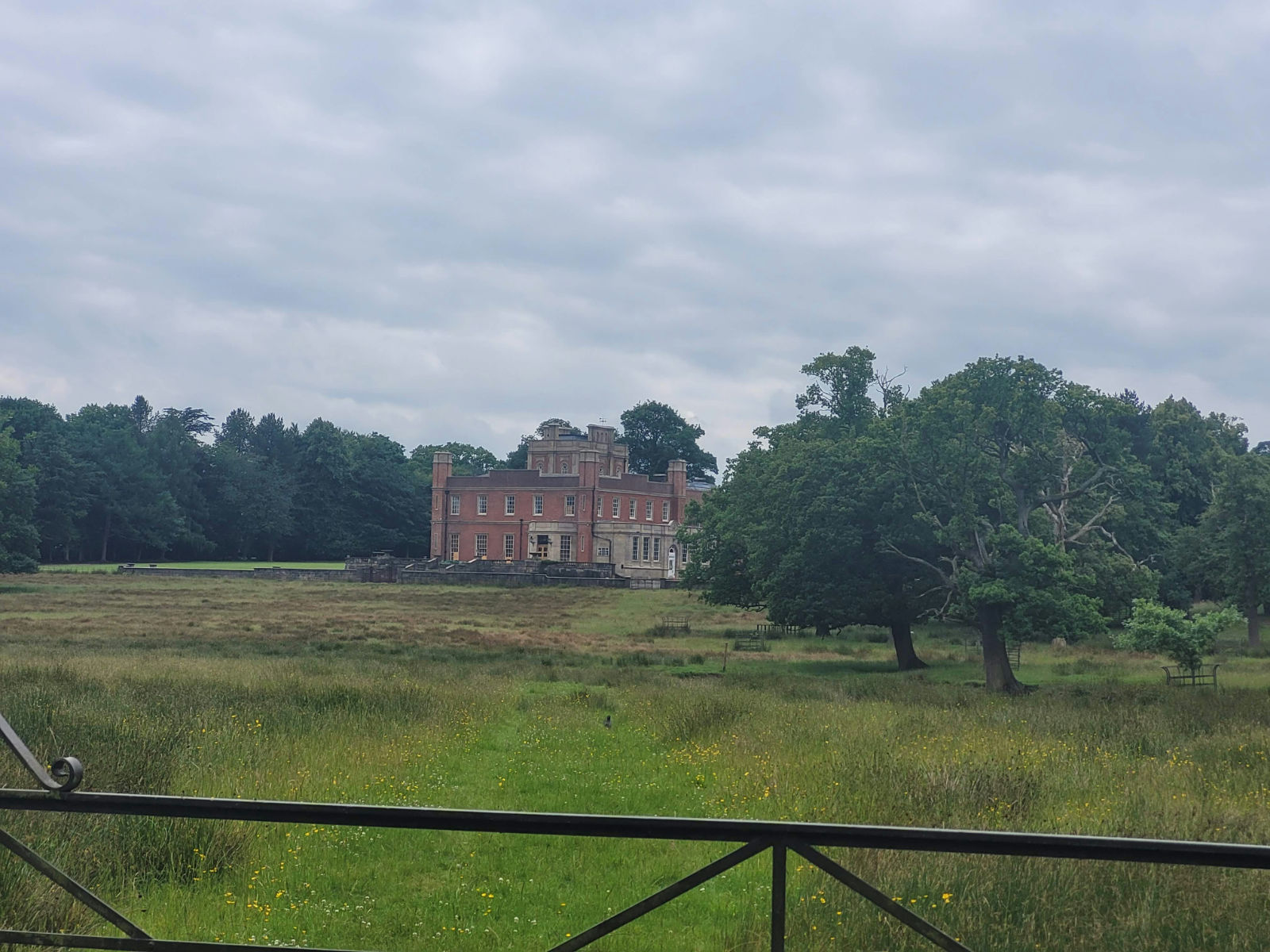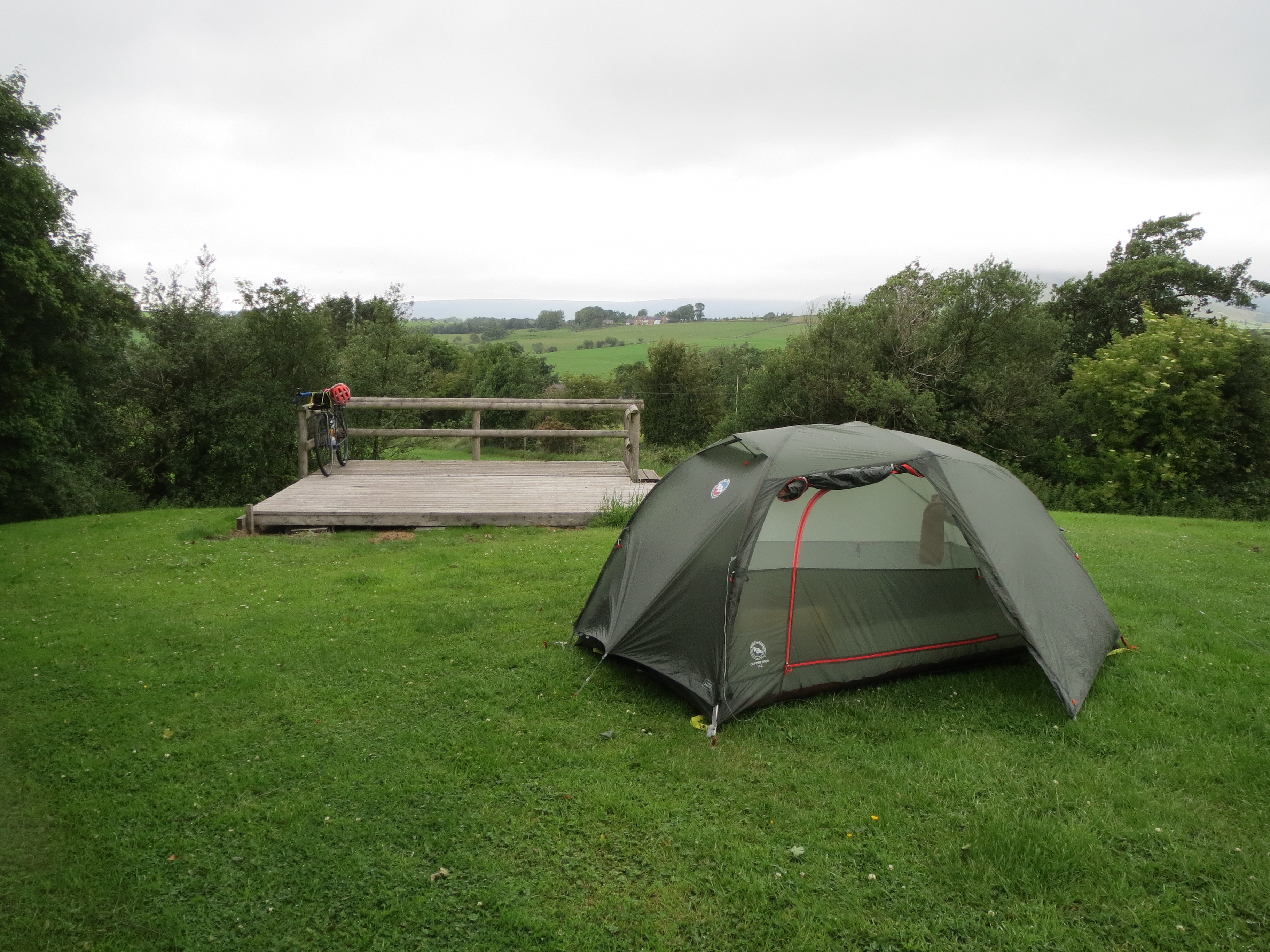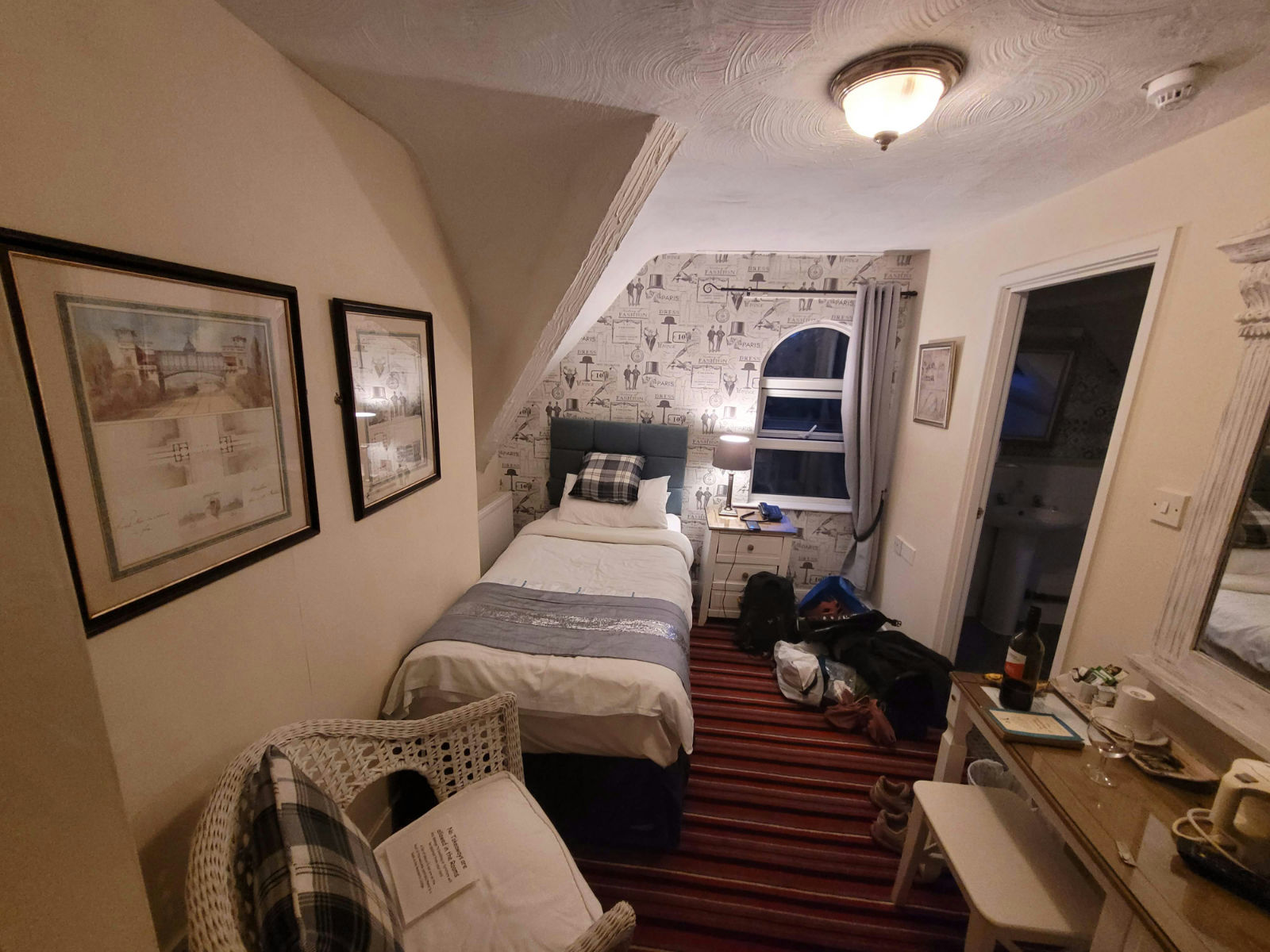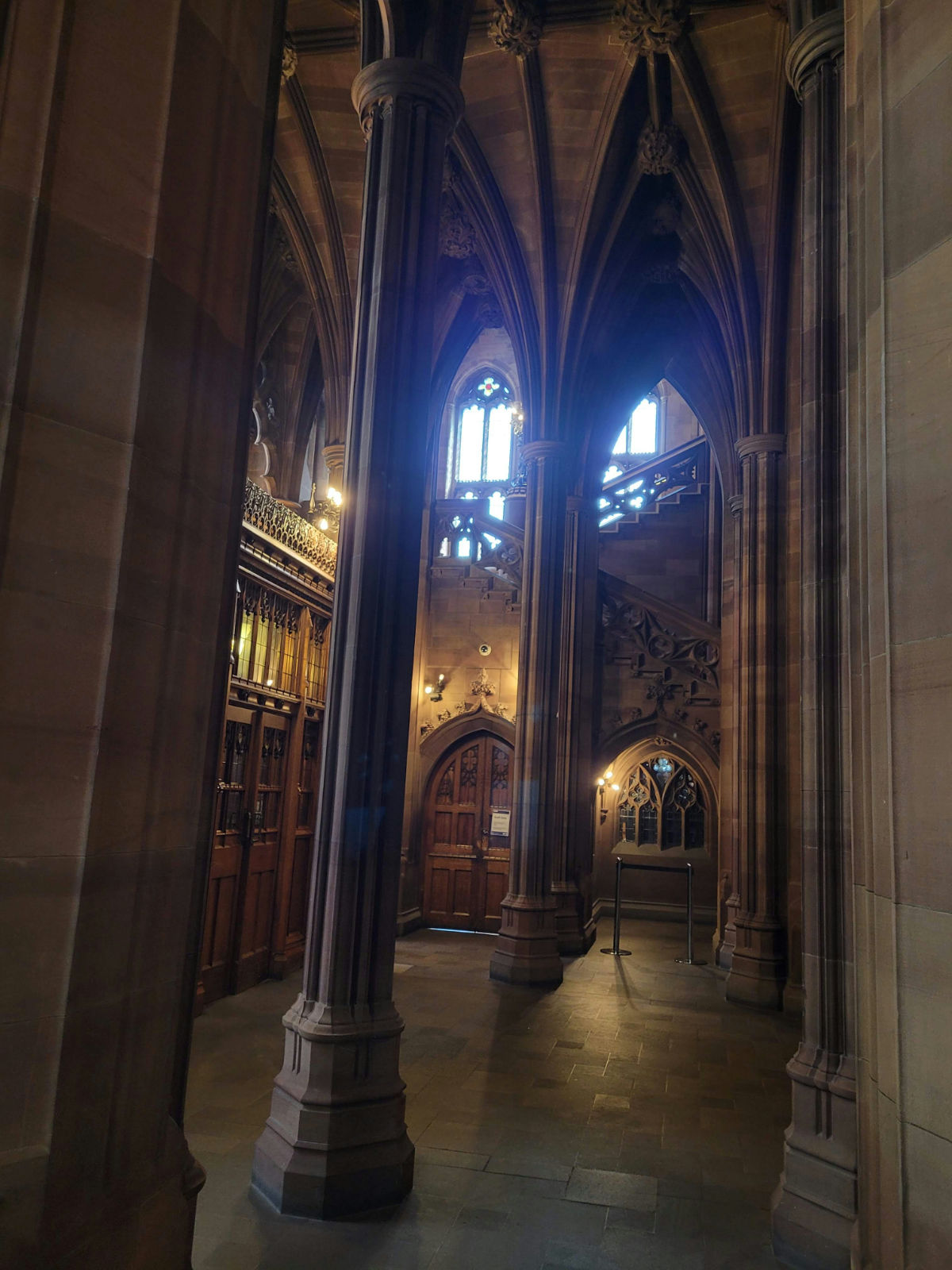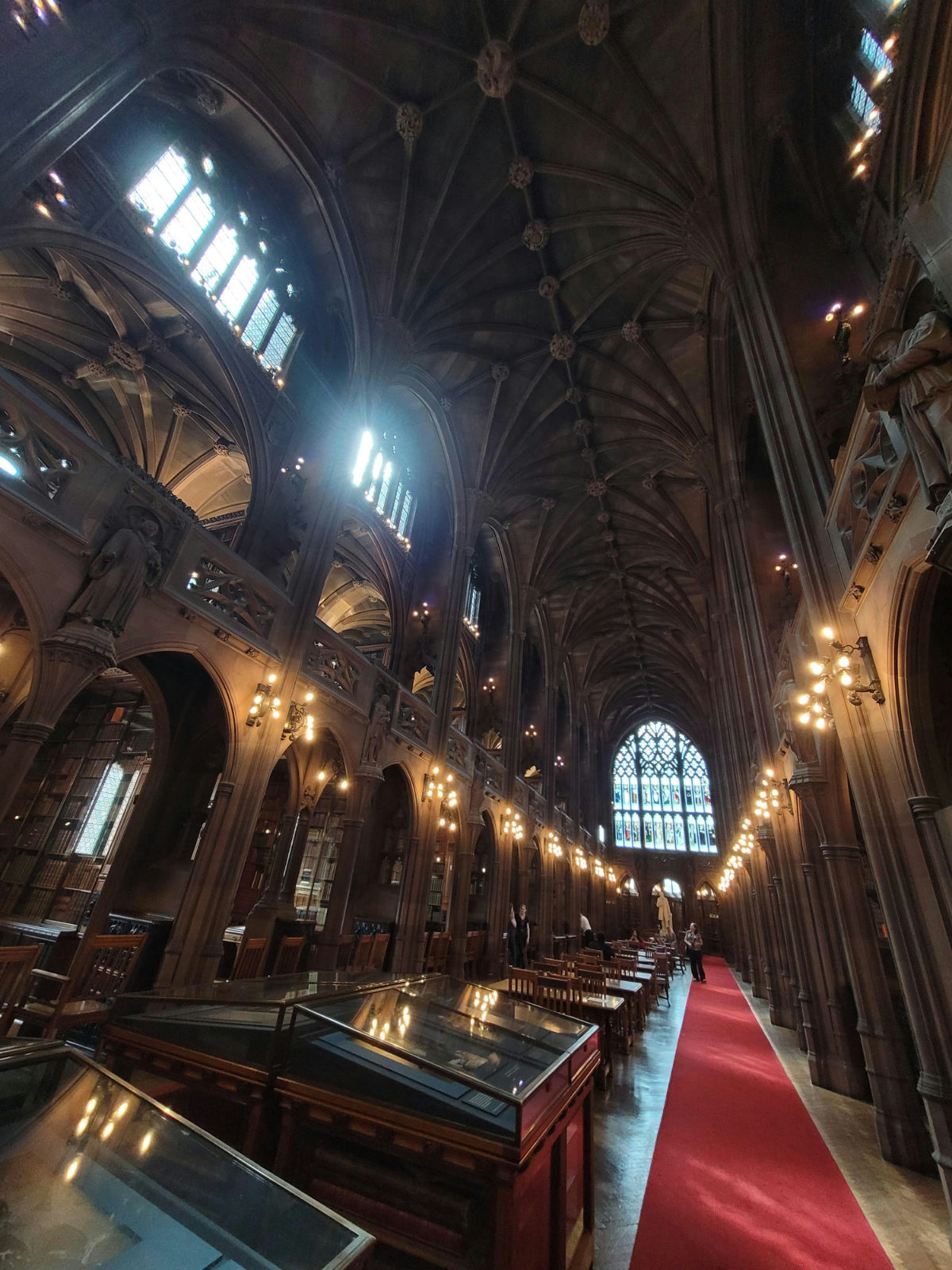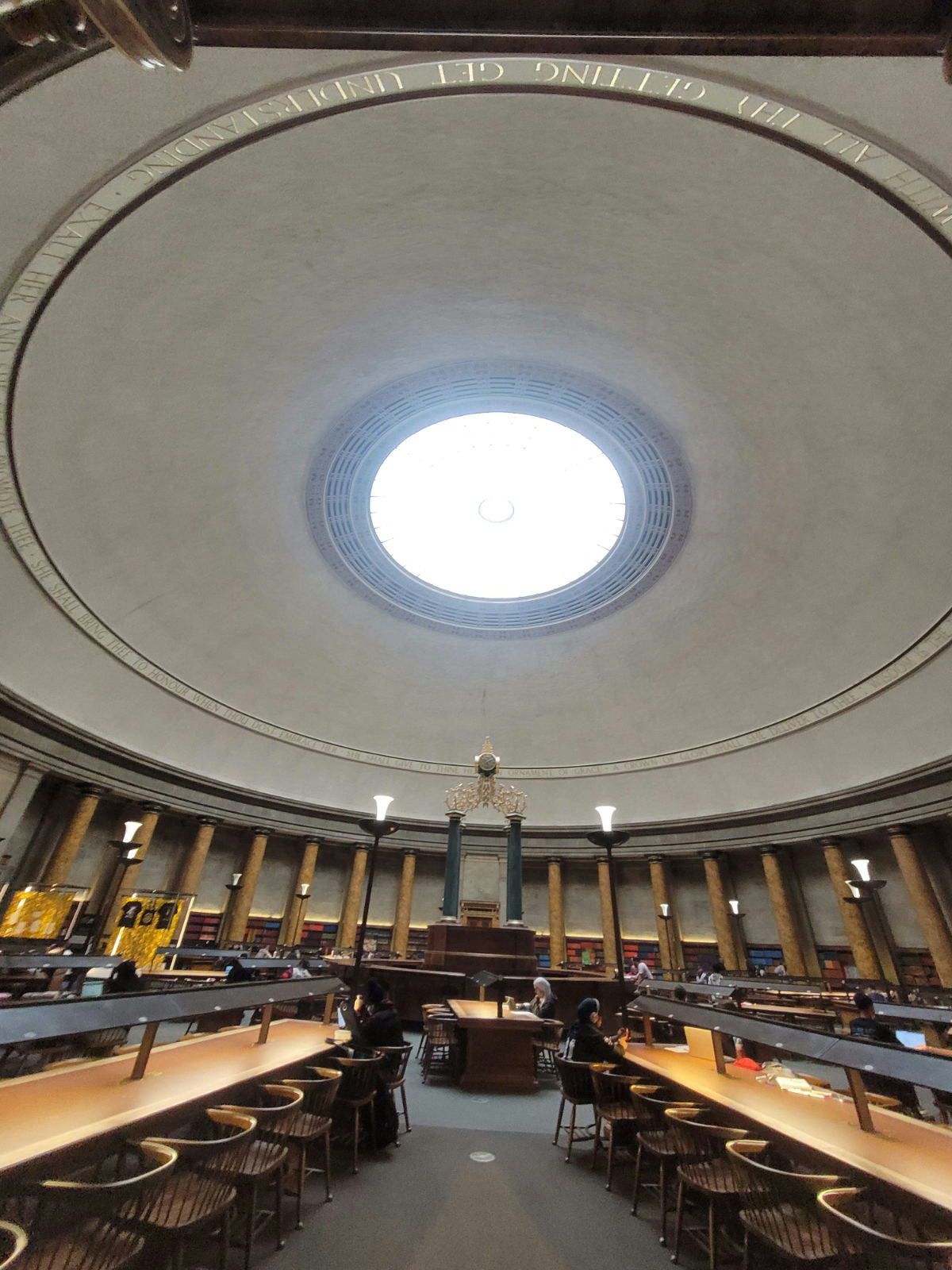Being a caver back home the thought had occured to me that perhaps I should try to reach out to some local cavers in the UK. As it turns out they have many huts and clubs well distributed around the sub continent. Unsuprisingly the caving community over here is just as close knit and friendly as back home. Among the many clubs that were kind enough to respond to my cold email was the Red Rose Cave and Pothole Club (RRCPC), and It just so happened they were having an event right as I was passing by. So that's were I was off to for the weekend.
Finally topping out the steep hill on the way up into the Yorkshire Dales the RRCPC club hut Bull Pot Farm comes into view. Reminicent of WVACs in the US you could not ask for better caving accomodations, or comany for that matter. The RRCPC folks were more than welcoming and kind enough to lend caving gear (or kit as they call it) that I wasn't able to haul out on the bicycle.
My first UK caving trip felt like a propper introduction to the "Ease Gill" system. We entered through "Lancaster Hole" which is quite a clean vertical entrance through two short rebelays before a final 3rd pitch of about 100ft opening into a freehand as you enter the chamber below. Then exited through the "Wretched Rabbit" section. The cave was mix rooms with large breakdown, crawing over cobbled stream beds, and treacherous mud slopes (nearly as bad as Pennsylvania's finest). The sections of "Ease Gill" we passed through felt unique in their own way, with some sections decorated with exceiptionally beautiful formations. Many of them unlike anything I had yet seen in the states.
Being able to walk straight to the various cave entraces from the hut was quite a luxury. Of course being on a lean packing bike tour some tings which were not meant for caving had to fill the role... my biking gloves did not survive the weekend. And of course after everyones succesful trips the gear is cleaned in the stream and set out to dry best as possibly before more caving tomorrow.
The next day as small group of us did a slighly more challenging through trip from "Pippiken Pot" to "The Mistral". The first part of which includes many very tight canyon passages requiring you to sneak through while maintaining body tension in the passage (to keep from falling to into the narrow bottom). There are quite a few short pitches interspersed along the way in so you've got to keep your vertical gear on the whole time as well. Unfortunately I was not brave enougt to bring the camera so I don't have any photos
The club had gotten a few kegs of real ale and cider to raise funds for the club, and a few propper pints after caving we certaintly welcome. Getting to cook with a few of the others was fun and I got a good laugh out of their sack of 1000+ tea bags sitting up on the shelf. Late in the night the classic caving pary games came out such as the table traverse (or perverse traverse), team pot balancing and sling escaping, and just squeezing through varoius objects (I only got stuck once).
I cannot say enough about what a treat it was to get to hang out with some fellow cavers, the RRCPC and the other visiting clubs will certiantly be a highlight of this trip. A special thank you to Alice for helping me to get into contact with the group and for lending kit, to Billy and Todd for lending additional kit, and to Toby and Chi for leading some great trips.
After a long weekend of caving I fled back to the west coast of England. My orignal plan had been to spend a couple of days over at the isle of man. As it turned out the ferry schedule for Heysham was going to makes this a bit more of a pain that I had pallned on. So plans changed and I headed south ease towards Manchester. Stopping for two nights on the way I was treated to a great full English breakfast and a laugh when I was this building at Lancaster University. At UConn we also have a building named E2 (engineering two), I guess some things don't change.
Manchester was a pleasant city with impressive architecture and museums. The highlights were the functioning period cotton proccessing line at the Science and Industy Museum as well as the Gutenberg Bible at John Rylands Institute. The public library also included a magnificent reading room which was of great use for trip planning.

